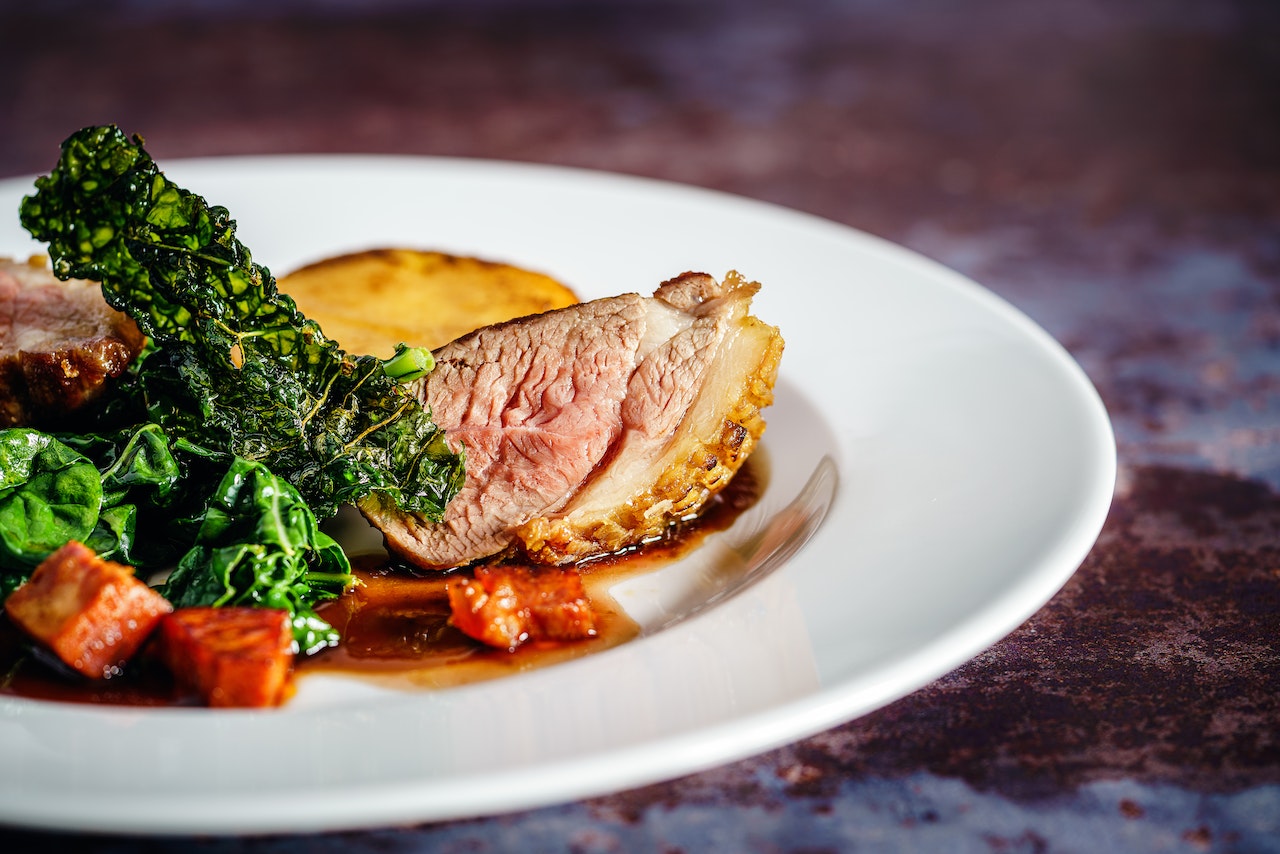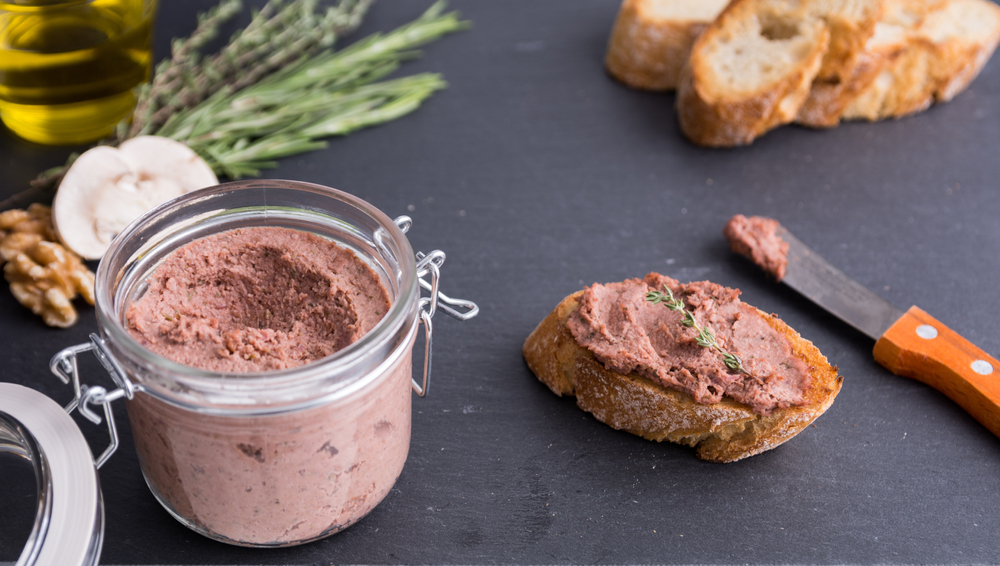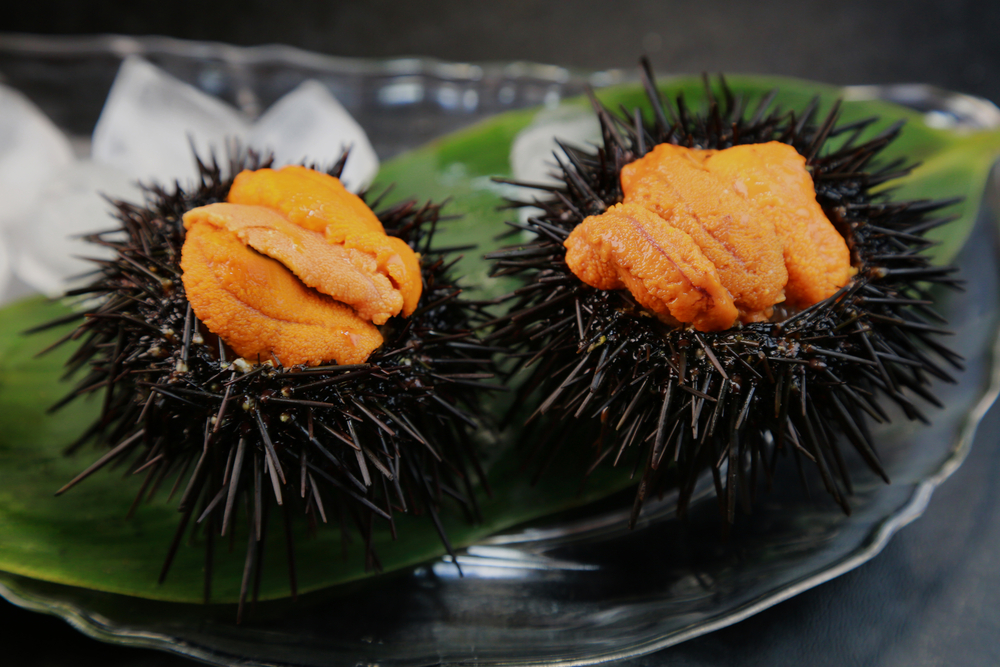Peacock, a majestic and colorful bird, often sparks curiosity among food enthusiasts, leading to the question: “what does peacock meat taste like?”.
The consumption of peacock meat is not a common occurrence in most cultures, with many different opinions on its taste and texture. This article will explore the qualities of this rare and intriguing delicacy.
Originally used in royal feasts and ceremonies, peacock meat has gradually become a lesser-known culinary delight. As its consumption has decreased in recent times, so has the availability of firsthand experiences with its flavor.
Through this exploration, a comprehensive understanding of the taste, preparation, and cultural aspects related to peacock meat will be provided.
Key Takeaways
- Peacock meat has a distinctive taste and texture that is often compared to other game birds
- Preparation and cooking methods can greatly influence the flavor of peacock meat
- Legal and ethical considerations play a significant role in the rarity of peacock meat consumption
Understanding Peacocks
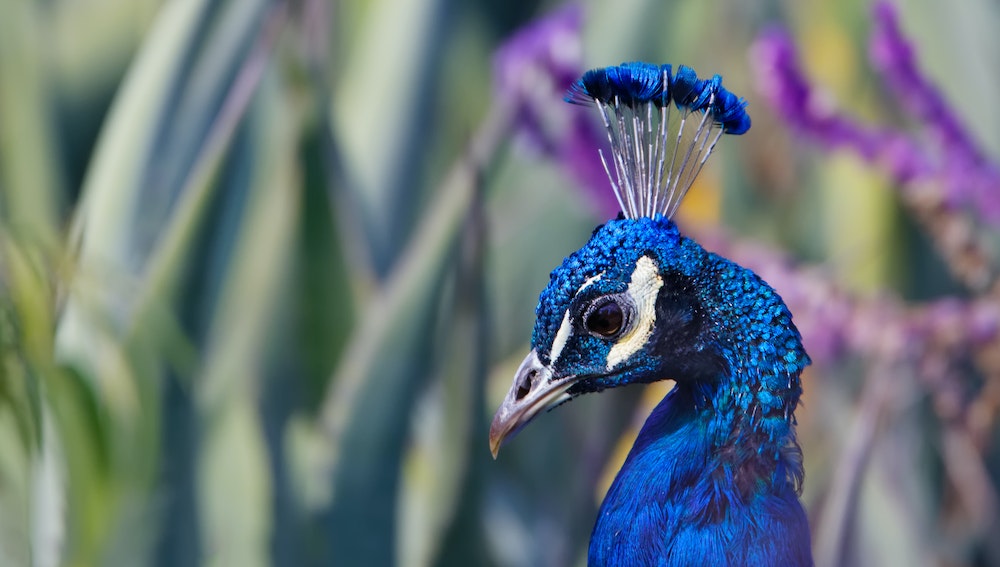
Peacocks, also known as peafowl, belong to the Phasianidae family and are native to Asia. There are two main species of peacocks: the Indian Peacock and the Green Peacock.
The Indian Peacock, or Blue Peacock, is the national bird of India and is known for its vibrant blue tones and intricate patterns. On the other hand, Green Peacocks often display intense green hues and are predominantly found in Southeast Asia.
A key aspect of peacocks is the significant difference between male and female individuals. The term “peacock” generally refers to the male, while the female is called a “peahen.”
Male peafowl, or peacocks, are well known for their spectacular train of elongated feathers, which they use to attract a mate during mating season.
These brightly colored feathers display a mesmerizing pattern resembling an eye, giving them a distinct and fascinating appearance.
Conversely, the female peafowl, or peahens, have a comparatively plain appearance with predominately brown and green feathers.
These muted colors enable them to camouflage effectively while nesting and protecting their territory.
Peacocks are primarily known for their vibrant feathers and majestic courtship displays. However, it’s important to note that they are not just aesthetically pleasing creatures but also play a vital role in the ecosystem they inhabit.
As omnivores, they contribute to controlling pest populations and dispersing the seeds of fruits and plants they consume, promoting biodiversity and a healthy environment.
Peacock Meat Consumption Around The World

Peacock meat consumption varies from country to country, often influenced by legalities and cultural practices. In some parts of the world, it is considered a delicacy, while in others, it may be prohibited or frowned upon.
In China, peacock meat is not uncommon and can be found in high-end restaurants. It is valued for its tender and flavorful meat, and is often used in traditional Chinese medicines.
Chinese gourmets appreciate its unique taste and regard it as a luxurious food item.
India, home to the Indian Peafowl, has a more complex relationship with peacock consumption. While the consumption of peacock meat is not explicitly illegal, peacocks are protected under the Indian Wildlife Protection Act, making it illegal to hunt or harm them.
Consequently, peacock meat is very rare within India, and those who consume it often face ethical and legal repercussions.
In the United States, peacock meat consumption is legal, but relatively uncommon. Some specialty restaurants may serve it, but it is typically found in private dining events or through online sales.
The meat usually comes from farmed peacocks, and buyers should ensure the proper licensing and ethical farming practices have been followed.
Although peacock meat consumption is legal in many parts of the Western world, it is far from being a mainstream food item. People generally prefer other poultry such as chicken or turkey.
For this reason, peacock meat remains an unusual and exotic ingredient that is not commonly found in restaurants or grocery stores.
In summary, cultural differences, legalities, and taste preferences contribute to the varying level of peacock meat consumption around the world.
The majestic bird is regarded as a culinary delight in some countries, yet a protected treasure in others.
Peacock: A Rare Delicacy
Peacock meat is considered a rare and exotic delicacy in various cultures around the world. As an edible bird, it belongs to the exotic meat market, which caters to food enthusiasts who enjoy trying unique and uncommon dishes.
The consumption of peacock can be traced back to historical upper classes, with royal families often serving it in grand banquets and ceremonies.
At that time, it was admired for its beautiful plumage and was often served whole, with the feathers still intact. The presentation was important, but the taste was just as noteworthy.
The taste of peacock meat has been described as somewhat similar to that of pheasant or wild turkey. However, it can be tougher and gamier due to the bird’s natural muscles and wild diet.
To make the meat more tender, various preparation techniques can be employed, such as marinating, slow cooking, or roasting over low heat.
While peacock might not be as commonly consumed as it once was, its rarity and perceived luxury status make it an attractive choice for adventurous food lovers.
Today, you can occasionally find peacock meat on the menu at select specialty restaurants, particularly those featuring exotic dishes.
In summary, peacock is a unique and rare delicacy that offers a distinctive taste experience. Its association with the upper classes and historical feasts adds to its allure, and despite its limited availability, it continues to attract culinary enthusiasts with a penchant for exotic flavors.
Taste and Texture of Peacock Meat
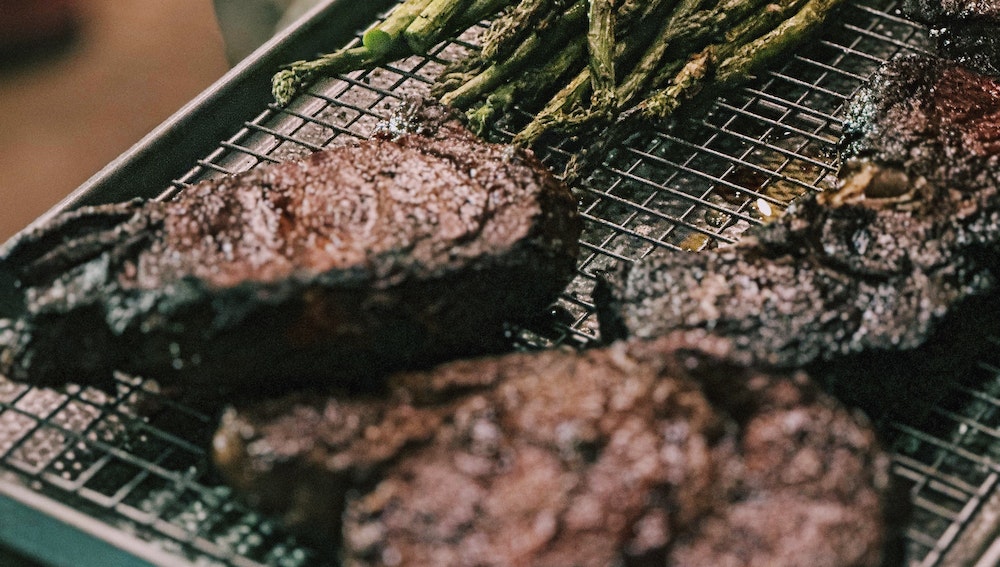
Peacock meat, a rare delicacy, offers a unique combination of taste and texture to those looking to explore new flavors. The taste of peacock falls into the realm of gamey meats, meaning it has a richer, more intense flavor than its domesticated counterparts like chicken or turkey.
This gamey taste can be attributed to the bird’s natural diet, which includes a wider variety of insects, seeds, and plants.
In terms of texture, peacock meat is often considered tender and juicy. The meat’s tenderness arises from the fact that peacocks are relatively lean birds that rely on their swift and agile movements for survival.
Peacock meat does not possess the stringy or dry characteristics found in some other game animals like venison or wild boar.
The juiciness of peacock meat can make it a pleasure to consume, as it helps to ensure that the meat remains moist throughout the cooking process.
The flavor and texture of peacock meat can be enhanced by various cooking methods and techniques. Grilling or roasting can bring out a smoky complexity in the meat while tenderizing it in a marinade can help to accentuate the delicate nature of the bird.
Traditional preparation methods may include slow-roasting with herbs, spices, and aromatic vegetables, which not only impart additional flavors but also maintain the moist and tender profile of the meat.
In conclusion, peacock meat offers a distinct taste and texture profile for adventurous eaters. With its gamey taste, tender texture, and juicy quality, it has the potential to become an unforgettable ingredient in any culinary creation.
Preparing and Cooking Peacock Meat
Peacock meat, a rare and exotic delicacy, can be prepared and cooked similarly to other poultry. The unique flavor of peacock is influenced by its diet, which primarily consists of insects, plants, and small mammals.
To bring out the best in peacock meat, it is essential to use proper seasoning. A simple yet flavorful combination may include salt, pepper, garlic, and fresh herbs such as thyme or rosemary.
Be sure to rub the seasoning all over the bird, both inside and outside the cavity, to ensure an even distribution of flavors.
Roasting is a popular method for cooking peacock. Preheat the oven to 350°F (175°C) and place the seasoned bird on a roasting rack in a shallow roasting pan, breast side up. This allows the heat to circulate evenly, cooking the meat thoroughly while maintaining its moisture.
Depending on the size of the bird, the roasting time can range from 1.5 to 2.5 hours, or until a meat thermometer inserted into the thickest part of the thigh registers 165°F (74°C).
Baste the bird occasionally with its juices or a mixture of melted butter and chicken broth to keep the meat moist and tender.
Slow cooking is another desirable technique when preparing peacock meat. With this method, the bird can be cooked in a slow cooker or Dutch oven with a low heat setting, making it ideal for those who want a hands-off approach.
It may be helpful to brown the bird in a skillet first to enhance its flavor and appearance. Then, transfer it to the slow cooker or Dutch oven, and cook on low heat for 6 to 8 hours, or until the meat is tender and easily falls off the bone.
The addition of vegetables, such as carrots, onions, and potatoes, can create a delicious one-pot meal.
Experimenting with various recipes and cooking techniques can yield a dish that highlights the unique taste of peacock meat while satisfying the palates of adventurous eaters.
Incorporating the right seasonings, using proper roasting or slow cooking methods, and ensuring the meat is cooked thoroughly will result in a succulent and memorable meal.
Nutritional Value of Peacock Meat
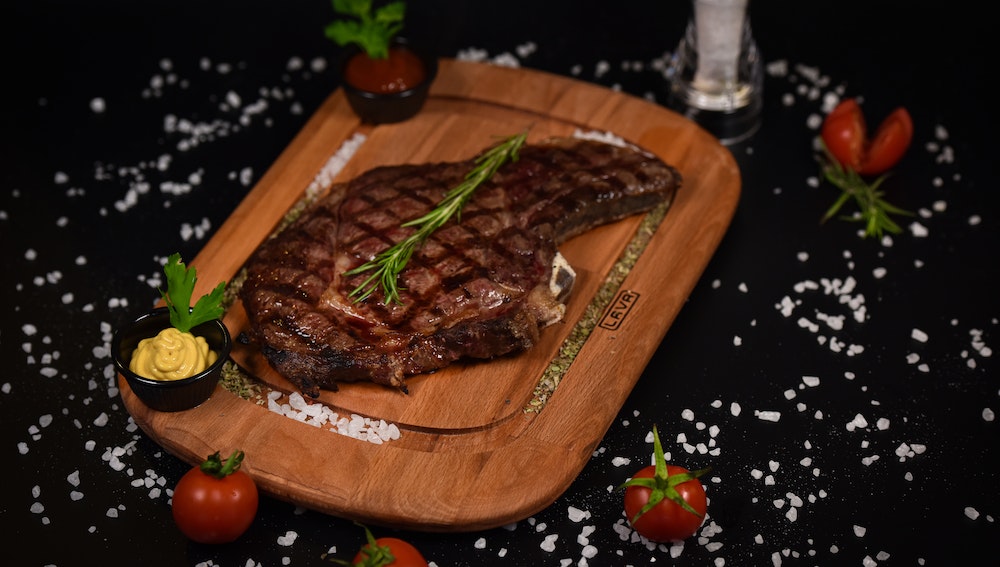
Peacock meat is a less common protein source, but it offers a unique taste and nutritional profile. When it comes to its composition, peacock meat contains a good balance of protein and fat, making it a suitable option for those looking to maintain a healthy diet.
One of the key benefits of peacock meat is its relatively low-fat content. It is leaner than many other meats, which means that it provides fewer calories from fat.
Instead, peacock meat offers a dense source of protein, helping to support muscle growth and maintenance.
In addition to being a low-fat protein source, peacock meat contains essential vitamins and minerals. For example, it is rich in both vitamin B6 and vitamin B12, which play crucial roles in energy production, red blood cell formation, and neurological health.
Moreover, peacock meat is a strong source of potassium, a mineral necessary for maintaining proper electrolyte balance and nerve function.
Iron is another essential nutrient found in peacock meat, especially important for those who are at risk for anemia or looking to support overall energy levels.
This bioavailable source of iron contributes to hemoglobin production, essential for oxygen transport throughout the body.
One of the common concerns when consuming meat is cholesterol content. Peacock meat is characterized by its low cholesterol levels, making it a heart-friendly option for those aiming to reduce their intake of this particular dietary component.
To summarize, peacock meat provides a range of essential nutrients, including protein, vitamins, and minerals, while remaining low in fat and cholesterol. Its nutritional value makes it an intriguing alternative to more traditional meat sources, boasting a profile that supports overall health and well-being.
Peacock Eggs and Their Consumption

Peacock eggs, also known as peahen eggs, are an unusual and rare delicacy. They are produced by the female of the species, the peahen.
While not as popular as chicken or quail eggs, they can be consumed and offer a unique taste experience.
These eggs are generally larger than chicken eggs, measuring around 3 inches in length. They have a slightly thicker shell which gives them a longer shelf life of up to four weeks when stored properly.
The overall flavor of peacock eggs is considered to be similar to chicken eggs, yet they are often described as being richer and creamier.
Peacock eggs can be cooked using the same methods and techniques as other types of eggs, including boiling, frying, and baking. They are also suitable for use in various dishes, such as omelettes, frittatas, and quiches.
It is essential to thoroughly cook peacock eggs to eliminate the risk of bacterial contamination. Though they are a rare and unique food item, they are still susceptible to Salmonella, just like any other type of eggs.
Cooking them at the right temperature and for an appropriate amount of time is crucial to ensuring their safe consumption.
In summary, while peacock eggs are not as commonly consumed as their chicken or quail counterparts, they do offer an interesting and unique option for egg lovers to explore.
The distinctive taste, along with their larger size, makes them an appealing choice for those seeking to expand their culinary adventures.
Legal Aspects and Ethical Considerations
Peacock, as an exotic bird, has specific legal aspects and ethical considerations surrounding its consumption. In many countries, peafowls are considered protected or endangered species, which can affect if and how they can be used for culinary purposes.
Firstly, it is important to be aware of the legal status of peafowls in your country or region. Some places, such as India, designate the peacock as a national bird and have specific laws in place to protect them from harm, including stringent fines and penalties for poaching or capturing them.
Consult local regulations to determine if their consumption is allowed and under what conditions.
In countries where peacock meat can be legally consumed, there may be rules governing how the birds are raised and slaughtered. Free-range systems, for instance, can provide a more humane approach to raising the animals.
Consumers may choose to prioritize free-range options when available to reduce the ethical concerns around consuming exotic meats.
As with any meat, ethical considerations also extend to how the birds are treated during their lives and at the time of slaughter.
Organizations focused on animal welfare often promote guidelines for the proper care of animals to ensure they live in environments that meet their needs and minimize suffering. Adhering to ethical practices in these areas can result in a more conscionable consumption of peacock meat.
In conclusion, the legal and ethical aspects of consuming peacock meat require thorough consideration and research.
Be sure to familiarize yourself with local laws and regulations, in addition to seeking out humane options like free-range meats and adhering to animal welfare guidelines.
Other Uses of Peacocks
Peacocks are not only known for their unique and exquisite taste, but they also have other uses in various cultures and industries worldwide.
In addition to their culinary significance, peacocks have a rich history of symbolism and practical applications.
Feathers are one of the most attractive and distinctive features of a peacock. They are highly sought after for their vibrant colors and intricate patterns. These feathers are often used in ornamental and decorative purposes, such as in fashion, hats, and accessories.
Additionally, they have found use in arts and crafts, with their eye-catching designs providing a stunning backdrop for paintings, sculptures, and other artistic expressions.
Peacocks have long been associated with wealth. Their stunning appearance and regal elegance have made them symbols of affluence across various cultures. In many parts of the world, peacock feathers have been used as a status symbol, adorned by royalty and the elite to signify their standing and prosperity.
Owning peacock feathers or having them on display in one’s home is often seen as a sign of wealth and good fortune.
Peacocks are meticulous in creating their nests. They are known to gather the finest materials and build elaborate structures to house their eggs and raise their offspring. These nests have been the subject of fascination for people and have been incorporated into some traditional folktales and beliefs.
Their nesting habits also provide valuable insights into the behaviors and reproductive strategies of these beautiful birds, making them of interest to researchers and conservationists alike.
When it comes to roosting, peacocks have a unique habit of preferring to settle in trees or elevated locations. This tendency provides them with added protection from natural predators and offers an element of safety and comfort for the birds.
Their strategic roosting preferences have made them cherished symbols in some cultures and religions, who view the birds as protectors overseeing their domains.
In summary, peacocks offer more than just a tasty experience; they are versatile creatures with multiple uses that extend far beyond their culinary appeal.
Their feathers, nesting habits, roosting preferences, and association with wealth contribute to their worldwide significance, making them valuable assets to various cultures and industries.
Preservation and Species Protection
Peacocks, specifically the Indian Peafowl (Pavo cristatus), are well-known for their stunning plumage and elaborate courtship displays.
Due to their aesthetic appeal, peacock meat is not commonly consumed, and the focus mainly revolves around protecting and preserving their species.
Raising peacocks in captivity is a common practice to ensure their survival and maintain their population levels. In captivity, these birds receive proper care, nutrition, and safe environments to breed and flourish.
The preservation efforts in captivity also contribute to educational and awareness programs, enabling the public to learn about the importance of conserving peacock populations.
The International Union for Conservation of Nature (IUCN) plays a crucial role in monitoring and protecting various species, including the Indian Peafowl. As per the IUCN Red List, the Indian Peafowl is listed as a species of “Least Concern” due to its wide distribution and stable population trends.
Nevertheless, illegal poaching and habitat loss remain threats to peacock populations. The IUCN continues to work closely with governments and conservation organizations worldwide to develop policies and strategies for protecting these beautiful birds and their habitats.
In conclusion, preservation and species protection are essential aspects of peacock conservation. With collective efforts from organizations like the IUCN, as well as individuals who raise and protect peacocks in captivity, the breathtaking beauty and ecological significance of these birds can be preserved for future generations.
Frequently Asked Questions
Is it legal to consume peacock?
In some countries, it is legal to consume peacock, while in others, it is not. Laws vary depending on the specific region and the peacock species. It is important to research local regulations before attempting to consume peacock.
What is the similarity in taste between peacock and chicken?
Peacock can be said to taste somewhat similar to chicken, but it has a more distinct and gamey flavor. Some people describe it as a cross between chicken and turkey, with a slightly tougher texture.
Are there any popular peacock recipes?
Popular peacock recipes are relatively scarce, as it is not a commonly consumed meat. However, historical records have shown that peacocks were served during medieval feasts in Europe.
The meats were often roasted whole, then covered with their own feathers as a presentation. For modern ways to prepare peacock, look for recipes that suit other game birds, such as pheasant or guinea fowl.
What does cooked peacock taste like?
Cooked peacock meat is tender and juicy, with a somewhat gamey flavor profile. It tastes somewhat similar to pheasant but with a milder taste. The distinctive taste is often best suited for select recipes and occasions.
Does peacock taste like pheasant?
Peacock tastes similar to pheasant, but with a milder flavor. The texture of peacock meat is somewhat tougher than that of pheasant, and the taste is less gamey.
While they are not identical, dishes prepared with peacock can be reminiscent of those made with pheasant.
Can we eat peacock in Islam?
Islamic dietary laws, known as Halal, permit the consumption of peacock, provided that certain requirements are met. The bird must be slaughtered according to Halal guidelines, which include a quick, humane method that ensures minimal pain for the animal.
However, it is important to check local regulations and consider the peacock species before deciding to consume it within the Islamic faith.





